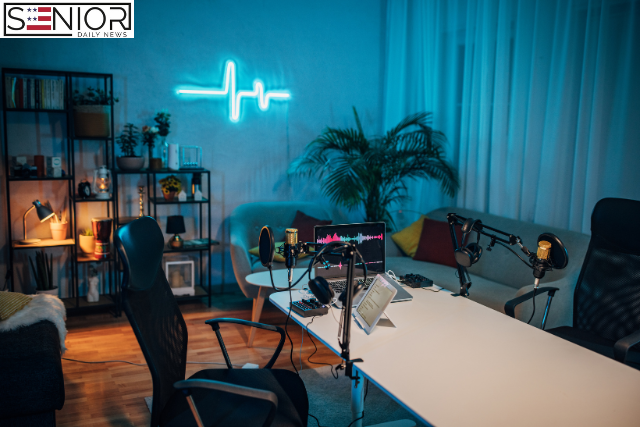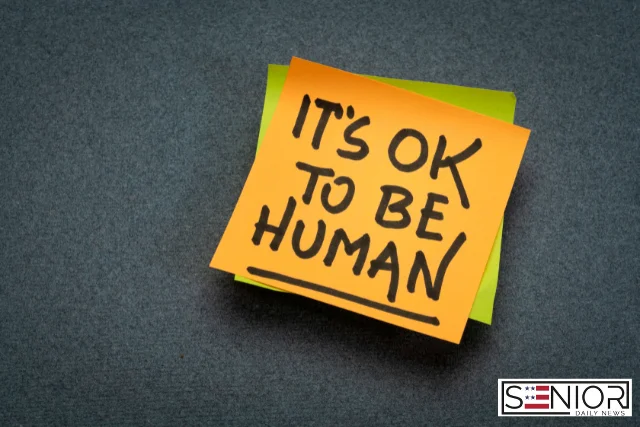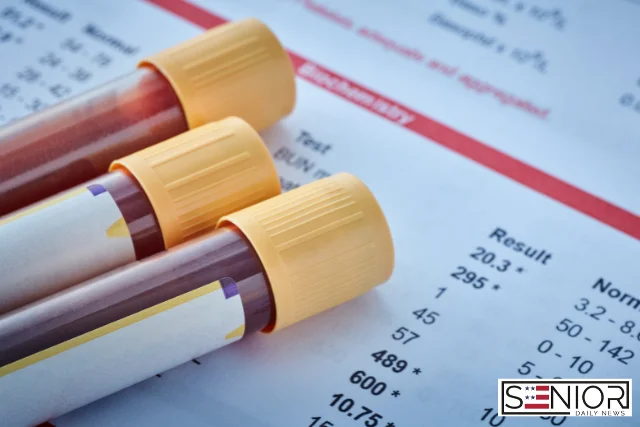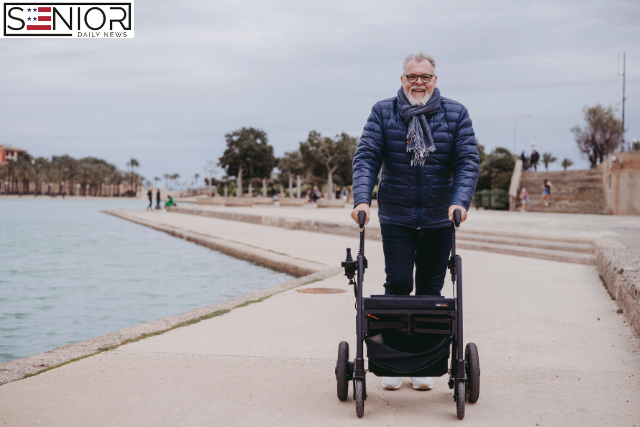How to Start a Community Podcast on Local History or Issues

In an age where digital storytelling connects communities, a podcast can serve as a powerful platform for highlighting local history, raising awareness about civic issues, and preserving the voices of your neighbors. Starting a community podcast dedicated to local history or social issues doesn’t just inform—it builds a sense of identity, shared memory, and active citizenship.
Whether you’re passionate about telling untold stories from your town’s past or diving deep into local governance, starting a podcast can help you educate and engage listeners far and wide. This article walks you through everything you need to launch a successful community-focused podcast—from ideation to promotion.
Why Start a Community Podcast?
A community podcast is more than just a hobby; it’s a storytelling tool that empowers everyday people to:
- Preserve local history that may not be documented elsewhere
- Amplify community voices and grassroots efforts
- Spotlight civic issues and promote transparency
- Connect generations by archiving oral traditions
- Foster local pride and awareness
Podcasts can fill the gap left by declining local news outlets and offer accessible, on-demand content that people can listen to while commuting, cooking, or exercising.
Step 1: Define Your Podcast’s Purpose and Audience
Before recording your first episode, define the core mission of your podcast.
Ask Yourself:
- Will I focus on historical events or current issues?
- Am I targeting local residents, former residents, or a wider audience?
- Is my tone educational, conversational, investigative, or narrative?
Example Podcast Themes:
- Voices of [Your Town] – Interview elders who witnessed key moments in your area’s past.
- Civic Spotlight – Break down city council decisions or local elections.
- Forgotten Stories – Share lesser-known tales about your community’s heritage.
Having a clear niche helps you stand out and attract loyal listeners.
Step 2: Plan Your Content Format and Schedule
Choose a Format:
- Interview-based: Speak with historians, activists, or residents.
- Solo commentary: Share researched narratives or commentary.
- Roundtable: Involve multiple co-hosts or rotating guests.
- Storytelling/documentary: Use audio clips, narration, and background music.
Decide Episode Length:
- Most successful community podcasts are 20 to 45 minutes long—long enough to explore a topic but short enough for casual listening.
Establish a Schedule:
- Weekly or biweekly episodes work well for building momentum.
- Start with a seasonal format (e.g., 10 episodes per season) to keep goals manageable.
Step 3: Gather Your Equipment
You don’t need a professional studio to launch a podcast. A modest investment in gear will ensure your audio sounds clean and professional.
Basic Equipment Checklist:
- Microphone: USB mics like the Blue Yeti or XLR mics like the Audio-Technica AT2020
- Headphones: For monitoring audio quality
- Pop filter: Reduces plosive sounds
- Audio interface: If using XLR mic
- Recording software: Audacity (free), GarageBand, or Adobe Audition
Keep in mind that good audio matters. Poor sound quality can lose listeners—even with great content.Step 3: Gather Your Equipment
You don’t need a professional studio to launch a podcast. A modest investment in gear will ensure your audio sounds clean and professional.
Basic Equipment Checklist:
- Microphone: USB mics like the Blue Yeti or XLR mics like the Audio-Technica AT2020
- Headphones: For monitoring audio quality
- Pop filter: Reduces plosive sounds
- Audio interface: If using XLR mic
- Recording software: Audacity (free), GarageBand, or Adobe Audition
Keep in mind that good audio matters. Poor sound quality can lose listeners—even with great content.
Step 4: Choose a Recording and Editing Tool
Free and Paid Tools:
- Audacity (Free): Simple and reliable for beginners
- GarageBand (Free on Mac): Great for Apple users
- Adobe Audition (Paid): Professional-grade software
- Zencastr / Riverside.fm: Excellent for remote interviews
When editing, aim to eliminate background noise, filler words, and long pauses while maintaining a natural flow.
Step 5: Create Your Branding
Your podcast should have a consistent and recognizable look and sound.
Branding Components:
- Podcast name: Reflect your theme and tone (e.g., City Roots Radio, The Local Lens)
- Cover art: A square image (3000×3000 px) that stands out on podcast platforms
- Intro/outro music: Choose royalty-free music that fits your theme
- Tagline: A short description that summarizes your podcast’s purpose
Keep your visuals simple and avoid clutter—many people browse podcasts on mobile devices.
Step 6: Record and Edit Your First Episodes
Start by recording a trailer or pilot episode introducing the podcast. Then record your first 2–3 full episodes before launching.
Tips for Recording:
- Record in a quiet, echo-free room
- Speak clearly and smile while talking (yes, it makes a difference!)
- Use bullet points or scripts for clarity without sounding robotic
Editing Basics:
- Trim silence and hesitations
- Adjust volume levels
- Add intro/outro music and transitions
You don’t need to be a perfectionist—authenticity resonates more than studio polish.
Step 7: Host and Distribute Your Podcast
Once your episodes are ready, you’ll need a podcast hosting platform. This is where your audio files live, and from there, they’re distributed to platforms like Spotify and Apple Podcasts.
Popular Podcast Hosting Services:
- Buzzsprout
- Podbean
- Libsyn
- Anchor.fm (Free option by Spotify)
These platforms generate an RSS feed that you submit to directories like:
- Spotify
- Apple Podcasts
- Google Podcasts
- Stitcher
- Amazon Music
Step 8: Promote Your Podcast Locally and Online
Promotion is key to reaching your audience. Combine online strategies with grassroots outreach.
Local Promotion Ideas:
- Partner with libraries, historical societies, or civic groups
- Share episodes through local Facebook groups or newsletters
- Ask guests to share episodes with their networks
- Place flyers in cafes, town halls, and community centers
Online Promotion:
- Create a simple website or blog for show notes and transcripts
- Use social media (Instagram, Facebook, Twitter) to share episode teasers
- Submit your podcast to local directories or newspaper websites
- Encourage ratings and reviews from listeners
Step 9: Build Community Engagement
A community podcast is most powerful when it’s interactive.
Ways to Involve Your Audience:
- Invite listeners to submit questions or stories
- Host live Q&A sessions on social media
- Use polls to select future topics
- Thank and shout out listeners in episodes
As your audience grows, consider hosting a community event, recording live from local festivals, or collaborating with schools and nonprofits.
Step 10: Stay Consistent and Reflect
Success in podcasting is a long game. Set realistic goals, track downloads and feedback, and be open to evolving your format.
Key Metrics to Monitor:
- Number of downloads per episode
- Listener retention (how long people listen)
- Website traffic
- Social media engagement
And don’t forget: celebrate milestones—whether it’s your 10th episode or 100 downloads. Every step is progress.
FAQs: Starting a Community Podcast
Q: Do I need professional experience to start a podcast?
A: Not at all. Passion, preparation, and consistency are more important than credentials.
Q: How much does it cost to start a podcast?
A: You can get started with less than $150 if you already have a computer. Many free tools exist for editing and distribution.
Q: How can I find local stories or guests?
A: Connect with local historians, librarians, community leaders, teachers, and long-time residents. Local Facebook groups can also be goldmines.
Q: Can I make money from a community podcast?
A: While not the main goal, you can accept sponsorships from local businesses, start a Patreon, or host live events for support.
Q: Is it okay to cover controversial topics?
A: Yes, but be respectful, factual, and balanced. Include multiple perspectives and inform rather than inflame.
Image Designed Using Canva






